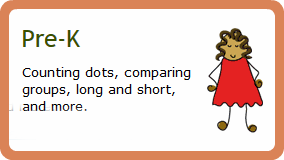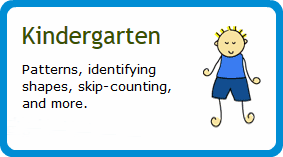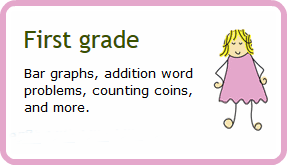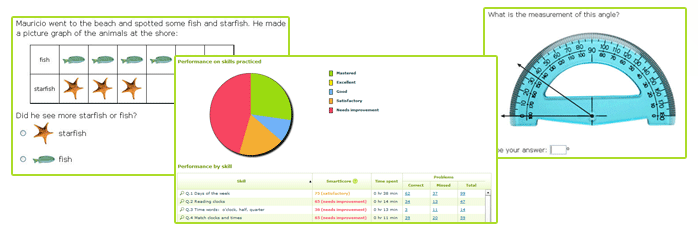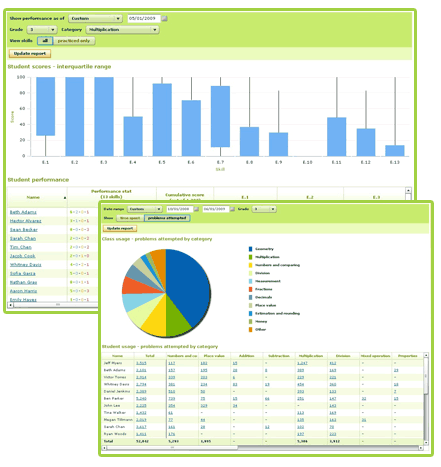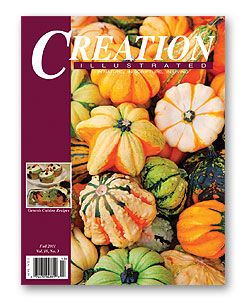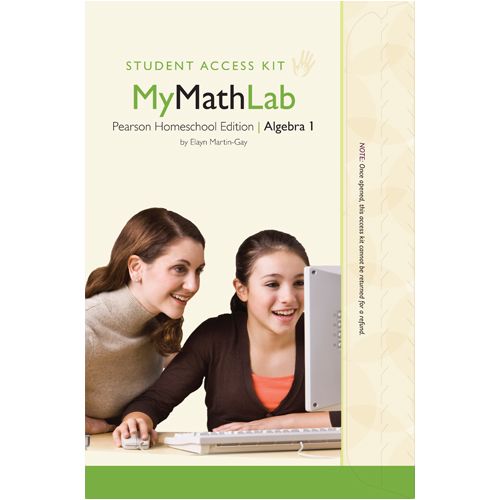All right, I know that the title isn't grammatically correct. It should be "All You Need Are Ants," but then you kind of miss out on the cultural reference, so I left it. I can hardly stand it...and me an ex-English teacher!
The point is that all you need for an interesting homeschooling project are some ants. You can watch those busy little creatures for HOURS without getting bored.
And even better, so can your kids. Just find an ant hill and a vantage point from which to observe without getting crawled upon, and you will see evidence of how God shows us the order and precision of His creation even through the smallest of creatures.
Add a few peanut butter and jelly crusts (liberally doused with jelly) and a whole new dimension arises!
Add a Discovery Scope and the world of observation takes on a whole new level.
What is a Discovery Scope? Well, it's this nifty little tool with a 1" lens that magnifies things to 25x their size.
Fitting in the palm of your hand, this durably made plastic scope allows for up close observation of creatures as small as a paramecium and as large as your child (small parts of them, that is). You can see a detailed, labeled photo
here.
For just $40, you can purchase a Basic Kit which comes with all you need to get started on nature-observing adventures: the Scope itself, two clear view boxes, a mini-clamp, a chamber holder, and a water dropper.
Recently, we took out our new Discovery Scope and devoted a day to observing ants. We initially discovered about twenty of them feasting on a dead beetle on our porch. We grabbed the unlucky beetle and stowed him in one of the
clear view chambers that came with our
basic kit. Then we managed to snag two wily ants before they got away.
We dragged the unfortunates inside and watched them for a while, then the kids (ages 3-14) took turns observing them with the Discovery Scope.
The "Basic Kit," plus samples of the Biology-in-a-Bag and the Quick Slides
While the website says the Scope says is for "all ages," it does explain that young people ages 6-7 will need some instructional time to use the Scope most effectively. I agree with this, as it took Firefly (age 4) and Cowboy (age 6) a few minutes of my explaining how to focus using the eyepiece for them to "get it", while Ladybug (age 8) and Tex (age 14) picked it up right away. I don't think little Boo (age 3) actually saw anything through the Scope, but you never know. He was excited anyway.
I found it worked best for the littler ones if I found the object, focused the lens (by adjusting the clip arm or box holder arm)
, and then they took turns looking while I held the Scope.
We discovered that there is one ingredient that is very important to using the Scope most effectively, and that is good lighting. Our dining room tends to be a little bit dark (which works for me since I often have migraines), and that darkness is not conducive to getting a clear view of anything using the Scope.
Add some regular sunlight or an area light and the images sharpen up nicely. Too much light is no good either, as the lens tube is designed to filter out light for a sharper image, but normal daylight has just about the right amount.
Oh yeah, holding the lens upside down doesn't work well either. We figured that out, too.
The kids were fascinated by being able to see the hairs on the dead beetle's legs, and watching the pincer mouth parts of the ants opening and closing.
The Discovery Scope offers an up close and personal view of many aspects of the natural world that are usually reserved for fancy science films and documentaries. It's pretty neat to be able to go out in the world and make your own observations!
 Some of you might own a stereo microscope (or other scope with slides) or a magnifying glass and wonder why you should want to buy a Discovery Scope, too.
Some of you might own a stereo microscope (or other scope with slides) or a magnifying glass and wonder why you should want to buy a Discovery Scope, too. Well, we have a microscope, too, but it's not something that we take outside with us. Yikes! Imagine toting that thing around on a hike. No way!
The Discovery Scope,
on the other hand, can be easily packed up and slipped into a backpack with little added burden. You can even purchase a
Naturalist's Kit (instead of the
Basic Kit), which comes with a nifty travel bag in which to pack your Scope. Ours arrived in a square plastic Ziploc tub, which I actually like a lot since I don't feel the tool will be crushed easily by a distracted child.
The kids also have magnifying glasses (from the dollar store),
but they just don't offer the acuity of view that the Discovery Scope does (25x magnification)...you just can't see the details as well, plus you don't get all the nifty little extras like the
Clear View Chambers, the Quick Slides, and the "Biology in a Bag" bags. The Clear View Chambers were great for holding those ants hostage all afternoon (we did open the lid occasionally to add air as we had no idea how much oxygen ants would need), and you can even use the dropper that also comes in the basic kit to suck up some scummy pond water and have a look at it up close (plug your nose, though!).
We noticed one reviewer who scored a tadpole and all their kids had a blast observing it up close and personal.
 |
| Firefly Observing Seeds...age 4
|
 |
| Ladybug Observing Ants...age 8 |
After using our Scope for a little one-on-one time with our two ant buddies, the kids went out in search of an ant hill to observe. They took a few leftover jam-smeared bread crusts to entice the unsuspecting ants, as well as some plain sugar, some honey, chocolate chips, a strawberry, and a piece of hard candy, so the kids could see which item was a favorite of the ants.
I won't tell you the results, so you will be encouraged to do this experiment with your own kids. (*smile*) It was a lot of fun. You can do this experiment without the benefit of a Discovery Scope, too. In this case, a magnifying glass helped with the observation-making since it is difficult to get a good focus with the Scope on a moving target.
The field of view is fairly precise, so you kind of need your subject to be in a confined space, preferably staying still.
That's okay, though, as my Crew liked the idea of starting a non-moving biology collection using the "Biology in a Bag" baggies. What you do is collect something natural, store it in the baggie (which is the size of a regular microscope slide), and you can mount it (using staples) on the
Quick Slide frame, then label it. We only received one of each of these items as an addition to our
Basic Kit, so we will be ordering more. They are $11.00 per one hundred for the frames and $15.50 per one hundred for the bags.
That's a bit much (in my opinion) for baggies and cardboard, especially when the Scope itself with all the great stuff (viewing chambers, box mount, clip, and Scope) is only $40, but since the kids are excited about starting their own "slide" collection, I will count it as a homeschooling expense and won't mind at all.
If you order a Scope, you can purchase just ten of each for $1.50 and $2.00, respectively, to see if you like them.
Later, we headed on over to the library, and while Tex completed his training so he can volunteer at the library this summer,
the Amigos and I checked out some fascinating books on ants and each child picked one to read. I plan to read the others to them over the next week or so to keep the learning moving.
While at the library (with our ants and Discovery Scope), the Amigos completed a notebooking page on ants using facts from their books (see links below).
To round off our study of ants, we went online and found some other great ant resources. I will list them here and leave you with the links so you can explore them when you do your own ant observation.
I can definitely say that the kids love using their Discovery Scope and we look forward to using it for years to come to make many fascinating new discoveries about God's marvelous creation.
Oh, since my good camera is on the fritz (sent off to the manufacturer),
I thought I'd give you a head's up that for some AWESOME photos of what you actually see through the Discovery Scope, you should head over to Marcy's blog, Ben and Me, and see more of her incredible photos. In case you are a photo afficianado yourself, you might be happy to know that there is
a camera attachment for the Discovery Scope that can be purchased separately. ;-)
Amy has a really cool video of a snail using the Discovery Scope on her blog,
Bow of Bronze. Check it out!
**Don't forget to check out what other reviewers had to say about this wonderful product at the
Schoolhouse Review Crew Blog.

Disclaimer: We received one Basic Kit from the folks at Discovery Scope, plus one each of the Quickslides and "Biology in a Bag" bags for the purposes of this review. What you read here details how we used the Discovery Scope in our homeschool and is an honest reflection of our opinions about this product. If you have any questions about what you have read here, please feel free to contact me or comment on this post. No ants were harmed in the writing of this post...;-)

.jpg)


.jpg)












